
SYNERGETIC AUTOMATION PVT. LTD.
LOCATION
Nashik- 422007 (Maharashtra, India)
CALL US
+91 8805300575

LOCATION
Nashik- 422007 (Maharashtra, India)
CALL US
+91 8805300575
We have manufactured helium leak testing machines, successfully sold in Indian industries manufacturers and companies. We have designed systems for a very wide range of applications within different industrial sectors and for each of them customer satisfaction has always been our main objective. With this objective in mind our engineers will always design the machine you require in line with your technical requirements and within your financial possibilities.
Here with just various typical example of helium leak testing machine :
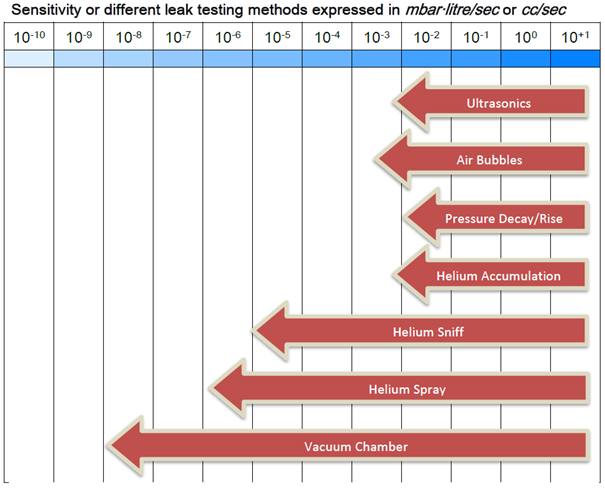





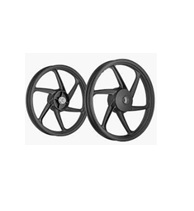
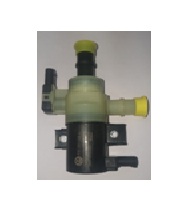
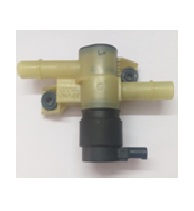
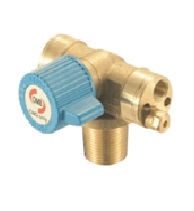
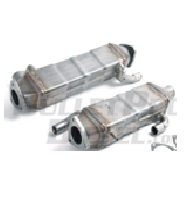
© All Rights Reserved Synergetic Automation Pvt. Ltd.
Design and Developed by Xposure Infotech